The Pixel 6 and Pixel 6 Pro might be two of the best phones Google has ever made. The Pro model specifically has a gorgeous 6.7-inch, 120Hz display, a not-too-extreme price of $899 (£849, AU$1,299) and, of course, the cameras. It’s always the cameras. The conspicuous camera bar on the back houses a trio of shooters: a main 50-megapixel camera, a 12-megapixel ultrawide and a 48-megapixel telephoto that offers 4x optical zoom.
That last camera is particularly important. Following the widespread adoption of Portrait mode and Night mode, zoom is becoming the big phone camera feature for many companies. That’s particularly true of Samsung, which marketed its last two Galaxy S flagships based on their 100x zoom.
So how does the Pixel 6 Pro stack up? I field-tested it here in Sydney against the iPhone 13 Pro to find out. I found that the iPhone generally performed better with optical zoom — that is, up to 3x, where the 13 Pro maxes out — but that the Pixel was decisively better as you zoom out farther. I also compared the Pixel 6 Pro to the Samsung Galaxy S21 Ultra for longer zooms, and was surprised to see the Pixel 6 Pro outperform the zoom master.
iPhone vs. Pixel: Optical clash
Let’s start by comparing the iPhone 13 Pro directly with the Pixel 6 Pro at 3x zoom. That means the iPhone 13 Pro is using its dedicated 3x optical telephoto camera and the Pixel 6 is using its main wide-angle camera and digitally cropping in to 3x.
My first example is a photo taken on a bright, sunny day of a painted mural with vibrant colors and action-shot cricketers.
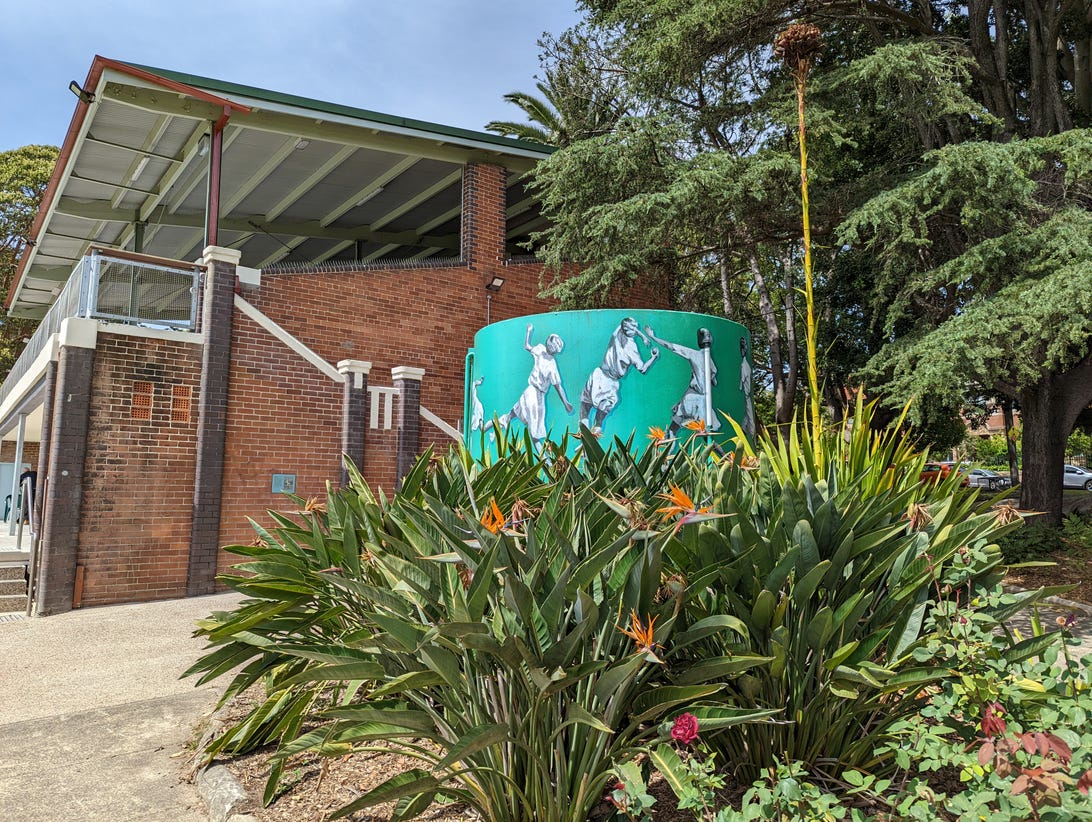

To set the scene, I took this photo on the Pixel using the standard wide-angle lens at 1x.
Daniel Van Boom/CNETZooming in to 3x, we start to see how differently the iPhone and Pixel capture images. The iPhone takes warmer photos, most notably seen in the different shade of green produced by each phone. Whether this is good or bad depends largely on taste, so I’ll leave that aside for the moment. The Pixel photo looks like it’s applied the Structure filter from Instagram and raised it significantly: Details that look subtle in the iPhone picture become pronounced in the Pixel photo. Notice the crack that runs between the artwork of the bowler and the woman to his left.
I prefer the iPhone’s more natural, vibrant look, but you may prefer the details that the Pixel’s processing brings out.
Next up, please enjoy this decaying art piece I found in an alley.
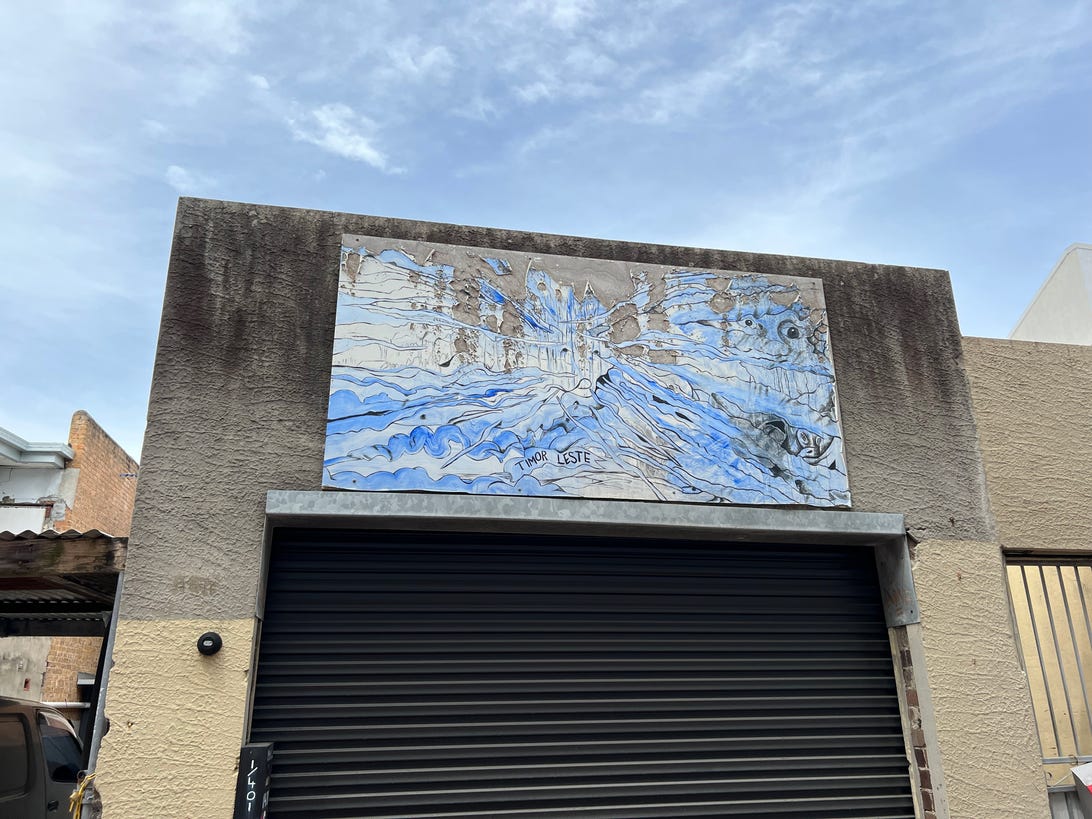

For reference, here is a photo from the Google Pixel 6 Pro taken with its main camera at 1x.
Daniel Van Boom/CNETBelow are photos taken at 3x on each phone. Again, the lighting conditions are perfect. This time, though, the results are less ambiguous. The iPhone 13’s photo was brighter, had better contrast and captured more. If you look at the rips and tears in the canvas, you’ll find far more detail in the iPhone’s shot. Depressing detail, in this case, but detail nonetheless!
Now to a more complicated example. The photos below were taken at night, but in a lit-up environment. This time it’s the Pixel’s photo that’s brighter, but not necessarily in a good way. The light is less balanced in the Pixel’s rendition, which results in the iPhone’s version having better contrast. (See the blacks in the cactus barrel.)
At the same time, though, the Pixel managed to pick up details missed by the iPhone. Most notable are the spider webs on the cactus to the right. This is also an example of something I noticed a lot in the Pixel — its dislike of shadows. The Pixel’s cameras work hard to capture details in areas that come up dark in the iPhone. And keep in mind, the Pixel 6 Pro is using its main camera and cropping in, which also gives it a bit of an advantage.
Below is not a zoomed shot, but I wanted to include it to illustrate the point about the Pixel 6 Pro. In the cactus photo above, you see that it can backfire by lighting up areas in a way that looks artificial. In the photos below though, it impresses by catching a lot of information missed by the iPhone.
When it comes to low light, I generally found the iPhone did a better job, though not always. In the below photos of a mural, the iPhone managed to capture more light and detail. Note, though, that the Pixel’s shot has deeper colors.


iPhone 13 Pro versus Pixel 6 Pro, 3x zoom.
Daniel Van Boom/CNETAnd where the Pixel can sometimes produce images that look overprocessed during the day, at night I found it was often the reverse. In the below comparison of a stone cross, the iPhone’s version is brighter, but also has more noise and an unsightly hue compared with the Pixel’s.
Now let’s move closer to 4x on each phone. This means the Pixel 6 Pro is using its 4x optical telephoto camera, while the iPhone uses its 3x telephoto camera and digitally crops in to achieve a 4x magnification. The different isn’t major, but it is still noticeable. The digital zoom that takes the iPhone from 3x to 4x zoom results in some conspicuous processing, and some loss of vibrance.
You can see the latter effect in the comparison below. The Pixel’s photo is slightly clearer, but the iPhone’s digital zoom makes its photo look less saturated. For example, the green in the trees is much richer in the Pixel photo.
It’s much the same for these photos of a statue head below. Notice again the Pixel’s tendency to light up shadows, in this case on the fellow’s face. But also see how much more vivacious the colors in the Pixel’s shot are.
In the photos below of a dog park sign, the iPhone’s digital zoom leads to some obvious heavy lifting by image processing. The blades of grass, the ripples in the water and the texture on the sign all look artificially sharpened up.
The long view
When it comes to longer zooms, the Pixel 6 Pro is the winner — by a large margin.
The comparison below is of photos taken by the iPhone 13 Pro and Pixel 6 Pro taken at 10x magnification. We return to the water cooler adorned by cricket figures, but from a greater distance. The difference is significant. The iPhone’s shot has more noise and is blurrier. (Also note: The iPhone’s “10x” zoom was regularly deeper than the “10x” zoom on both the Pixel and Samsung Galaxy.)
Below are 10x zoom shots taken by the Pixel 6 Pro and the Samsung Galaxy S21 Ultra, which has built its brand on zoom. Considering how amazing the Samsung Galaxy S21 Ultra is at zoom, I was surprised to see that it was outdone here at 10x zoom by the Pixel. The Pixel 6 Pro looked sharper and had more vibrant colors, as you can see in the greens on the field and the water cooler. The Pixel 6 Pro is digitally cropping its 4x telephoto camera, but it has a neat software feature called Super Res zoom to improve the image. The Galaxy S21 Ultra is relying on its 10x optical zoom telephoto camera.
The photos below of my Booker DeWitt Funko Pop were taken in a less sunny environment. The Pixel 6 Pro photo looks far more balanced — both in colors and in lighting. The iPhone’s zoomed photo has an unnatural warm glow to it. The improved clarity on the Pixel isn’t limited to Booker either. Compare the text on the book spines.
The Galaxy S21 Ultra did better than the iPhone, but still fell victim to many of the same issues. It also had a warm glow, albeit less distorted, and fewer details both on Booker and the books behind him. The Pixel wins again.
OK, hard mode. See that tree with the lilac flowers all the way to the other side of the field? Let’s zoom in 10x.
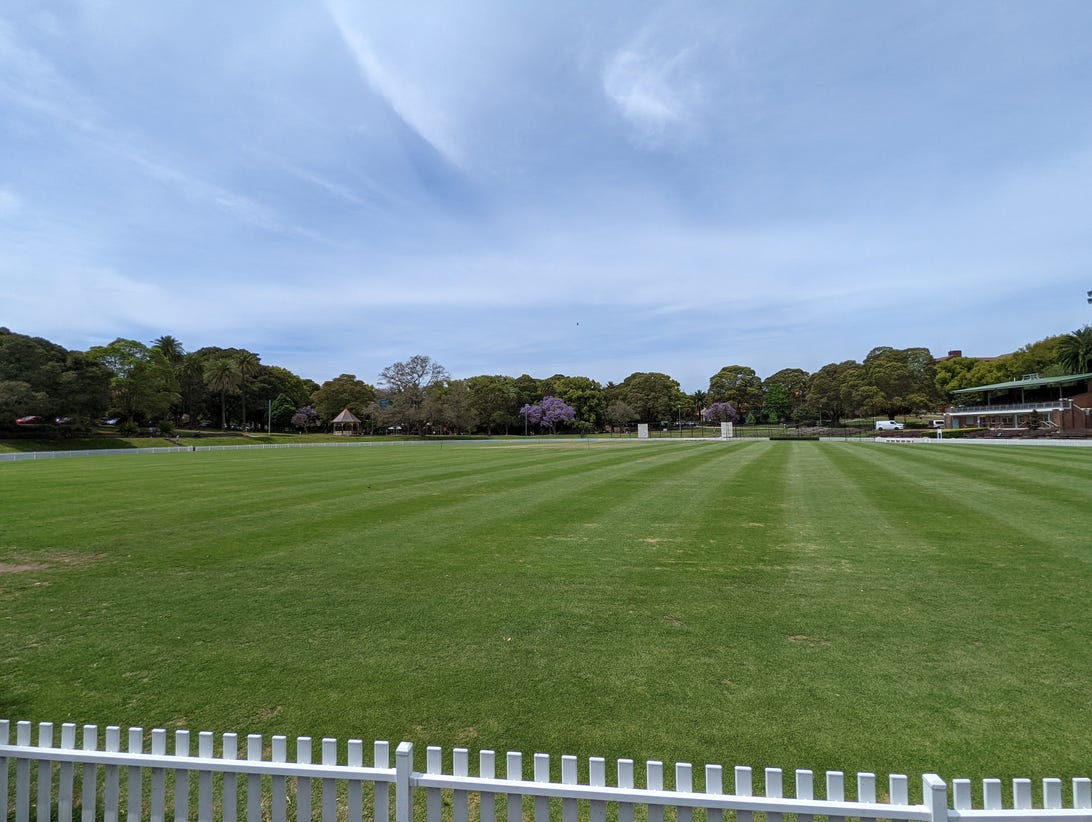

For reference, I took ths photo at 1x with the Pixel 6 Pro’s main camera.
Daniel Van Boom/CNETThe photos below were taken at 10x digital zoom on both the Pixel 6 Pro and iPhone. This is a tough photo for any phone to grab, since the leaves on the trees provide an ample opportunity for noise. And, boy, is there noise. Still, the iPhone pic is more distorted, as you’ll notice the the foliage looks much finer on the Pixel.
And below is a comparison of pictures from the Pixel and the Galaxy S21 Ultra of the same scene taken at 10x. The photo from the Pixel outdoes the one from the Galaxy, which looks flatter and less vivacious in comparison.
That the Pixel 6 Pro beats the S21 Ultra on 10x zoom is impressive, since deep zooms are what the S21 Ultra is known for. Note, though, that digital zoom on the Pixel goes up to “only” 20x, compared with the Galaxy’s 100x.
For more on the Pixel 6 Pro, check out the in-depth Pixel 6 Pro review by my colleague Andy Hoyle.

 \n ","topic":"","ttag":"","variant":"","viewguid":"","event":"listicle|image|1","correlationId":"","_destCat":"https:\/\/store.google.com\/product\/pixel_6_pro?hl=en-USttps:\/\/store.google.com\/product\/pixel_6_pro?hl=en-US&utm_medium=affiliate_publisher&utm_source=CJ&utm_campaign=GS5348525&utm_content=dr&CJPID=3586864&CJAID=14460385&dclid=CLHAlOWzw_UCFdduwQod6DgCFQ","productName":"Google Pixel 6 Pro","formatType":"IMAGE","location":"LIST","position":1,"sku":"","dwLinkTag":"article-body|listicle|image","selector":"#article-body #listicle-e570dddd-8517-42d2-8501-195997368726 .itemImage"}}” rel=”noopener” target=”_blank”>
\n ","topic":"","ttag":"","variant":"","viewguid":"","event":"listicle|image|1","correlationId":"","_destCat":"https:\/\/store.google.com\/product\/pixel_6_pro?hl=en-USttps:\/\/store.google.com\/product\/pixel_6_pro?hl=en-US&utm_medium=affiliate_publisher&utm_source=CJ&utm_campaign=GS5348525&utm_content=dr&CJPID=3586864&CJAID=14460385&dclid=CLHAlOWzw_UCFdduwQod6DgCFQ","productName":"Google Pixel 6 Pro","formatType":"IMAGE","location":"LIST","position":1,"sku":"","dwLinkTag":"article-body|listicle|image","selector":"#article-body #listicle-e570dddd-8517-42d2-8501-195997368726 .itemImage"}}” rel=”noopener” target=”_blank”>
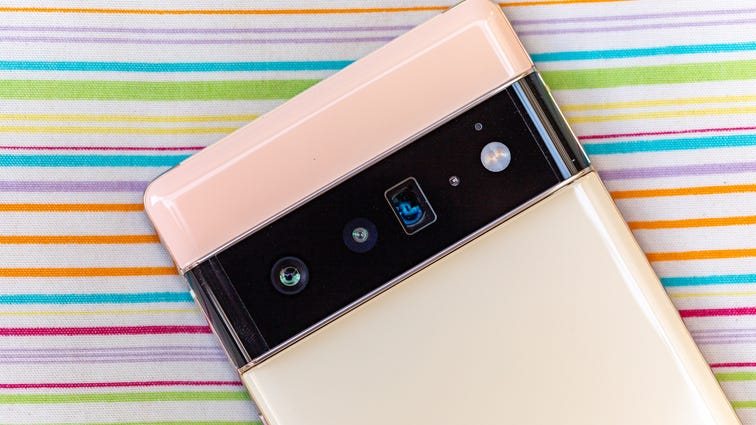

Stephen Shankland/CNET
The Google Pixel 6 Pro’s unique design, great software additions, superb camera quality and solid all-around performance have already earned the phone an excellent rating in our full review. With performance that’s every bit as good as its design, it’s the best phone Google has ever made. The main camera is on par with those of the best iPhones. And at $899 for the base 128GB model, it trounces its premium phone rivals in price. Read our Google Pixel 6 Pro review.

 \n ","topic":"","ttag":"","variant":"","viewguid":"","event":"listicle|image|2","correlationId":"","_destCat":"https:\/\/www.apple.com\/shop\/buy-iphone\/iphone-13-pro?afid=p239%7C159047&cid=aos-us-aff-ir","productName":"Apple iPhone 13 Pro","formatType":"IMAGE","location":"LIST","position":2,"sku":"","dwLinkTag":"article-body|listicle|image","selector":"#article-body #listicle-7d4dcd47-18cd-4136-8bd6-cca9bf5e81a0 .itemImage"}}” rel=”noopener nofollow” target=”_blank”>
\n ","topic":"","ttag":"","variant":"","viewguid":"","event":"listicle|image|2","correlationId":"","_destCat":"https:\/\/www.apple.com\/shop\/buy-iphone\/iphone-13-pro?afid=p239%7C159047&cid=aos-us-aff-ir","productName":"Apple iPhone 13 Pro","formatType":"IMAGE","location":"LIST","position":2,"sku":"","dwLinkTag":"article-body|listicle|image","selector":"#article-body #listicle-7d4dcd47-18cd-4136-8bd6-cca9bf5e81a0 .itemImage"}}” rel=”noopener nofollow” target=”_blank”>
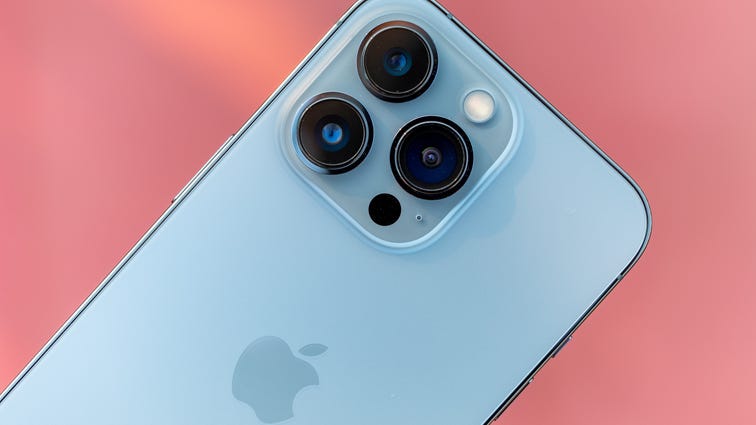

Stephen Shankland/CNET
The iPhone 13 Pro is the best phone Apple produces and it received a stellar score in our review. The new smartphone adds a third rear camera with 3x optical zoom (up from 2x on the iPhone 12), a stainless-steel body and a ProMotion screen with refresh rates up to 120Hz for smoother scrolling. Read our iPhone 13 Pro review.

 \n ","topic":"","ttag":"","variant":"","viewguid":"","event":"listicle|image|3","correlationId":"","_destCat":"https:\/\/www.amazon.com\/Samsung-Unlocked-Smartphone-Pro-Grade-SM-G998UZSAXAA\/dp\/B08N3BYNDN?tag=cnet-buy-button-20&ascsubtag=befabedc59d9417dac76901329451344%7C6b87eace-11b7-4396-8cb3-dc15b0071edd%7Cdtp","productName":"Samsung Galaxy S21 Ultra","formatType":"IMAGE","location":"LIST","position":3,"sku":"","dwLinkTag":"article-body|listicle|image","selector":"#article-body #listicle-347996da-0123-4ca1-9cf1-b3e0a0f05bb1 .itemImage"}}” rel=”noopener nofollow” target=”_blank”>
\n ","topic":"","ttag":"","variant":"","viewguid":"","event":"listicle|image|3","correlationId":"","_destCat":"https:\/\/www.amazon.com\/Samsung-Unlocked-Smartphone-Pro-Grade-SM-G998UZSAXAA\/dp\/B08N3BYNDN?tag=cnet-buy-button-20&ascsubtag=befabedc59d9417dac76901329451344%7C6b87eace-11b7-4396-8cb3-dc15b0071edd%7Cdtp","productName":"Samsung Galaxy S21 Ultra","formatType":"IMAGE","location":"LIST","position":3,"sku":"","dwLinkTag":"article-body|listicle|image","selector":"#article-body #listicle-347996da-0123-4ca1-9cf1-b3e0a0f05bb1 .itemImage"}}” rel=”noopener nofollow” target=”_blank”>
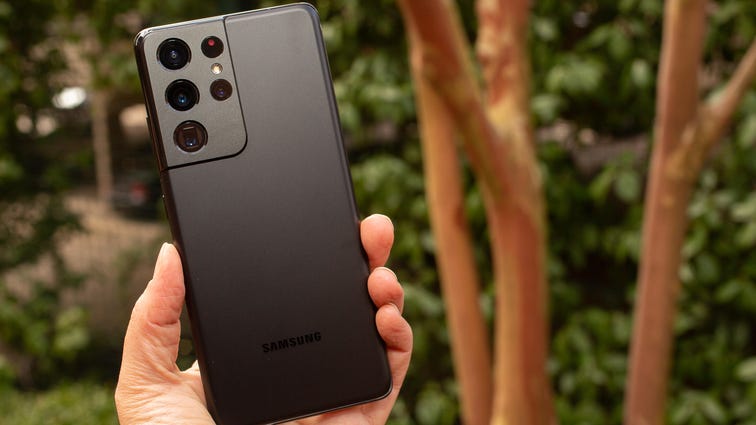

Sarah Tew/CNET
As Samsung’s elite flagship phone for 2021, the Samsung Galaxy S21 Ultra features a brilliant 6.8-inch AMOLED display with an ultrasmooth 120Hz refresh rate that also supports Samsung’s S-Pen stylus, an awesome rear camera with incredible zoom skills and 5G connectivity for extra-speedy data. It’s powered by the top-end Qualcomm Snapdragon chip for amazing performance. This is the best in mobile technology that Samsung has to offer, and it’s the Android phone to go for if you’re keen to put cutting-edge mobile phone tech in your pocket. Read our Galaxy S21 Ultra 5G review.

